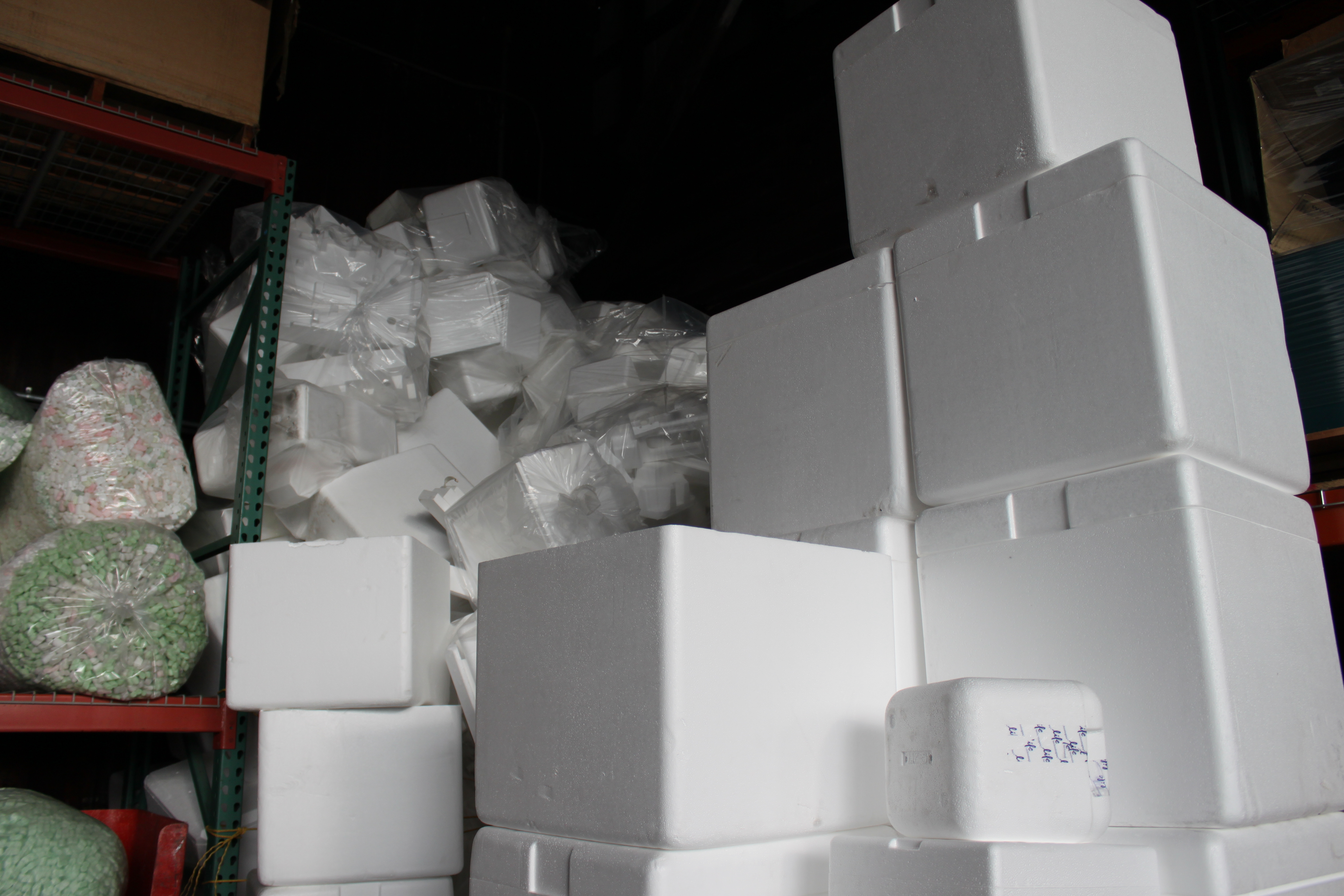By Allison Nitch | Jun 23, 2015

Polystyrene foam (a.k.a Styrofoam) is a petroleum-based plastic. It’s typically tossed in the trash once it serves its purpose of insulating beverages and food or cushioning fragile items, but because Styrofoam does not decompose, a multitude of issues arise once it’s released into the environment. Examples include air and marine pollution, the release of toxic chemicals and the destruction of wildlife that ingests the plastic. So, how do you address a problem like polystyrene foam?
- First, try to seek out and use alternative packaging made from post-consumer recycled paper and plant-based-plastics. Some distributors and shippers give you the option of foregoing packaging. All you have to do is ask!
- When that isn’t possible, there is an easy recycling option on campus! Simply put your styrofoam blocks and boxes in clear plastic bags, and label the bags with your department's name and box number. Put the bags next to your buliding's large recycling containers at the loading dock and email recycle@uw.edu to let them know there is styrofoam to collect.
- For more information on recycling strofoam blocks, see UW Recycling's information page. Don't mix large blocks with styrofoam packing peanuts - bag blocks and packing peanuts separately.
For details about recycling packing materials outside of the University, contact Styro Recycle, a local business that serves the Puget Sound area.
(Sources: Earth Resource Foundation and NBC Los Angeles)
Category: